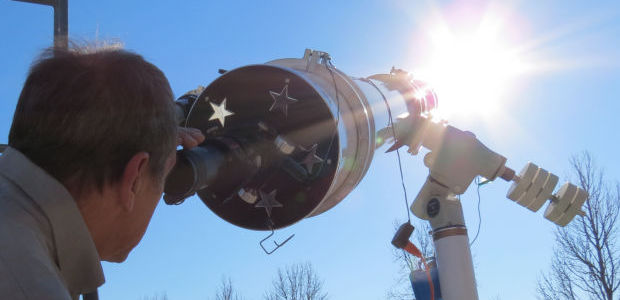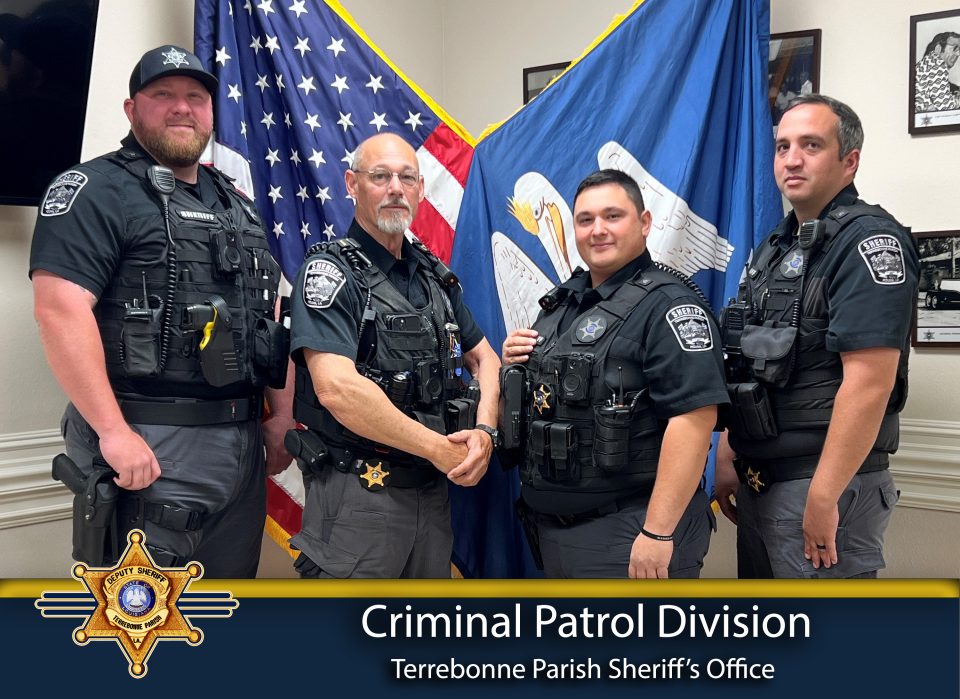Rabelais’ Will
January 29, 2013Terrebonne water costs create major choices
January 29, 2013The prospect of being vacuum-packed doesn’t sound like a very good thing, but a few high school and junior high students recently gave it a shot in the name of science.
“It felt like I was a piece of meat at a grocery store,” said Davey Lasco, 13, of Houma, as St. George Observatory owner Ken Stage removed the air from a large bag in which the teen was sitting, head sticking out, in front of a group of students during a demonstration. “It was so cool.”
Lasco was one of 11 students from Houma Homeschoolers visiting the observatory, which was recently recognized by Astronomy Magazine for its public outreach effort.
“I felt very honored to be recognized,” Stage said. “I love doing this. It’s fun to see what excites the visitors.”
St. George Observatory in Schriever was one of six clubs and informal science programs across the country to be recognized by the magazine for its high level of public outreach.
Since 1999, Stage has been sharing his love of constellations and the universe at his observatory behind his home. He’s passed his passion for astronomy on to students, teachers, parents and those in the community also interested in learning about what lies inside and outside of this solar system.
Stage offers daytime trips for observing sodium and white light prominences, flares, granulation and filaments, and nightly observation visits for checking out globular clusters, open clusters, planetary nebulae and star-forming regions, as well as viewing Jupiter, Saturn, Mars and the moons of other planets.
After welcoming his latest guests, Stage briefed the group on some of the universe’s statistics.
“Light travels 186,000 miles per second, and the sun is 93 million miles from earth,” he said. “The Hubble telescope can see 27 light years in diameter. The things Hubble has let us see are absolutely incredible. Every time we think we’ve see it all, we get to see a little bit further. I believe the universe is unending.”
Stage later demonstrated several chemistry and physics experiments that required simple household items or items purchased for a nominal cost and could be conducted safely at home. The first experiment demonstrated how zero-pressure could affect an object that contains moisture.
“Watch the size of the marshmallows inside the chamber compared to the one I left on the outside,” Stage said as he removed the air from the chamber.
Quickly, the marshmallows tripled in size before Stage released a valve, allowing air back into the chamber and returning the marshmallows to their original size.
“Who wants a marshmallow that has been to space?” he asked as he passed a bowl of marshmallows around the room. “They still taste the same.”
Next, Stage conducted an experiment using milk, dishwashing liquid and food coloring to show how the negative and positive bonds of elements on the periodic table react to each other.
In addition to hands-on experiments, Stage also brings in big names from the science world to speak at the observatory, including six-time visitor retired U.S. Air Force Colonel Joseph Kittinger, who in 1960 set the record for the longest skydive.
“I really like coming to the night sessions,” said Michelle Walters with Houma Homeschoolers. “It’s fun to looking at galaxies and see Orions’s belt and all the stars. The kids enjoy the telescopes the most. It makes astronomy more real to them because they can see everything up close.”
“When we left here the first time, they all wanted to go out and buy telescopes,” Walters said, laughing.
“I like the telescopes and looking up into the stars and sky,” said 13-year-old Russell Walters. “We learned a lot about the stars, moon and planets. I liked it all.”
“I liked the hydrogen experiments,” chimed 14-year-old Brian Lapeyrouse, who was visiting the observatory for the first time. “I’m interested in both astronomy and science, and the experiment with the milk and food coloring was pretty interesting.”
Ken Stage, owner of the St. George Observatory in Schriever, checks out the sun through the Dr. Holly Gilbert Telescope. The 14-foot-long telescope features a 10-inch refractor and is one of seven telescopes at the observatory.









